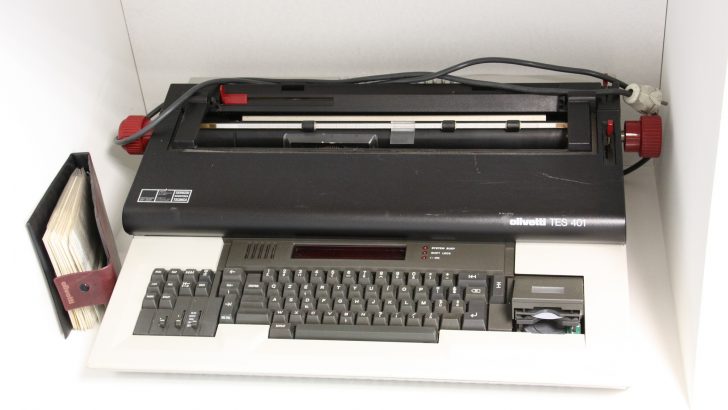The first manned mission to land on the moon in July 1969 was controlled by a tiny computer. It had approximately 64Kbyte of memory, and was more basic than the electronics in modern toasters that have computer controlled stop/start/defrost buttons.
Today electronic media of many kinds and full scale computerisation in all areas of life is taken quite for granted, and complained about it they do not seem to work instantly and to our benefit.
It was very different a generation ago when the Irish government took its first baby steps in the labyrinth of the computer age, by installing a word processor in the Taoiseach’s Department.
There was some bewilderment on the part of both civil servants and ministers, revealed in part in one of the newly released files. This was in the summer of 1979. The notion was that staff savings might result from the installation of a single machine in the department or the building. The secretary of the department told the Department of the Public Service that they did not see the need for a second machine in case the first broke down.
Full vista
It is clear that this machine was seen merely as some kind of fancy but more efficient typewriter. The full vista of what was in store did not then appear to the civil servants at all.
The machine initially proposed to them by an office supply company was for an Olivetti TES 401.
The civil servants to whom it was demonstrated “were impressed by its capabilities.” It would cost £4,243 on purchase, or could be leased for £92.39 a month plus VAT for a period of five years, a total of £5,543.40.
It was thought that it would make for a great time saving on agendas and such like. “The machine also had great possibilities for a large range of material, e.g. speeches, briefs, minutes and reports of meetings.”
Today, one can still smile at the innocence of it all, with its echoes of the first Remington office typewriters back in the 1870s, a century before.
But one unforeseen result was that the vast stock of agenda paper held would be useless, as new forms would have to be designed for use in the new machine.
Albert Reynolds, the Minister for Transport and Telecommunications, it was reported in a trade magazine, “has show an increassing interest in computer-based systems. This is not surprising as many predictions of ‘the Office of the Future’ see word processors in communication with each other from distant terminals.”
However Mr Geraghty of the Taoiseach’s Department in a memo of October 1980 noted the first problem was to train someone, such as himself, to use it. “It is very hard to make recommendations on extending the use of the machine when I know so little about it but I understand that it would be very useful from the point of view of personnel records.” Training the staff now became a matter of urgency.
There was also the ominous problem of the safe storage of the back-up diskettes generated. I understand from the staff of the National Archives that the archival and long term storage of government files in electronic form, which is now the general form in many ways, is still an unresolved issue.
(2016/51/1454; file 1 and 2 of 2)


 Peter Costello
Peter Costello Olivetti TES 401
Olivetti TES 401